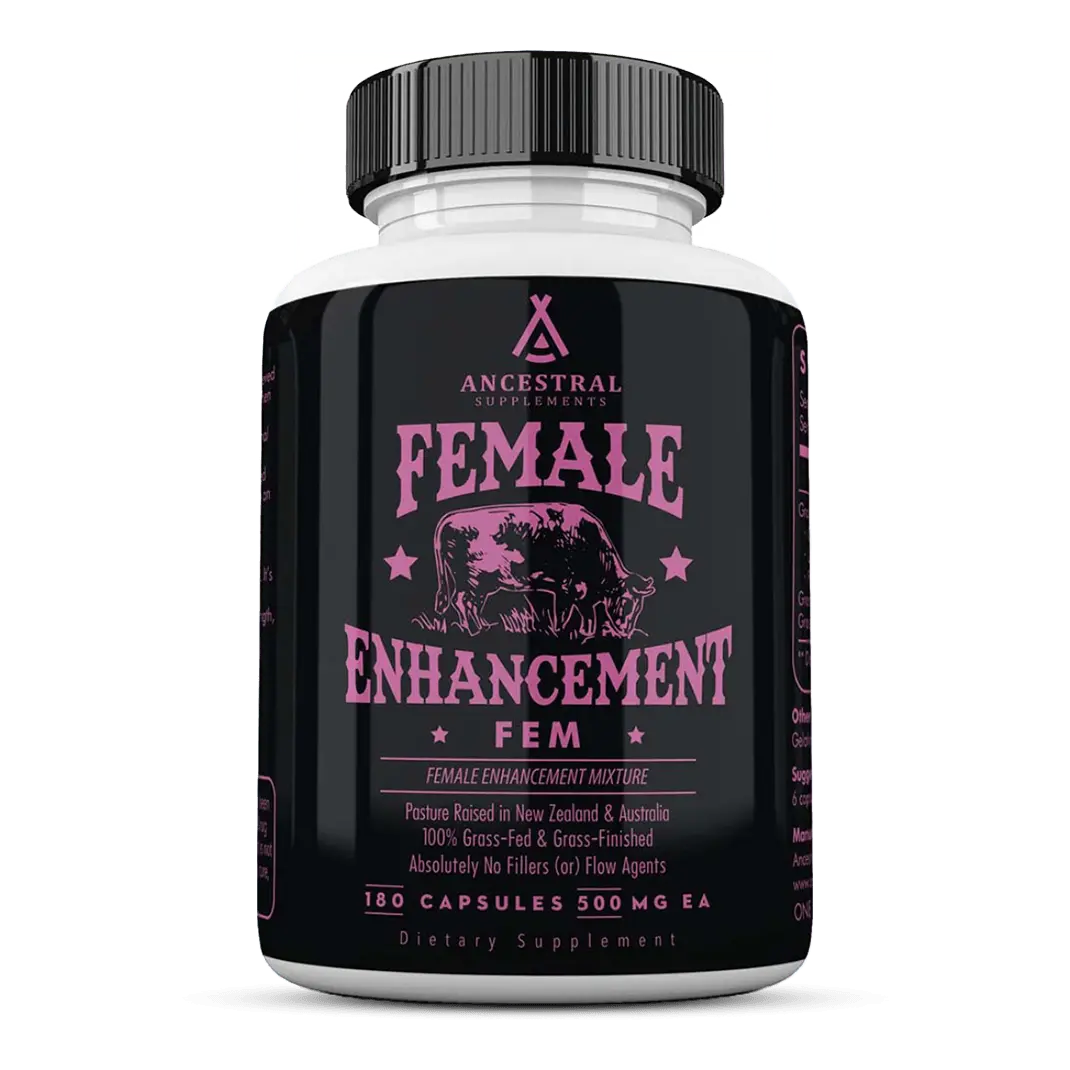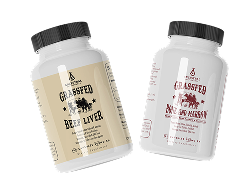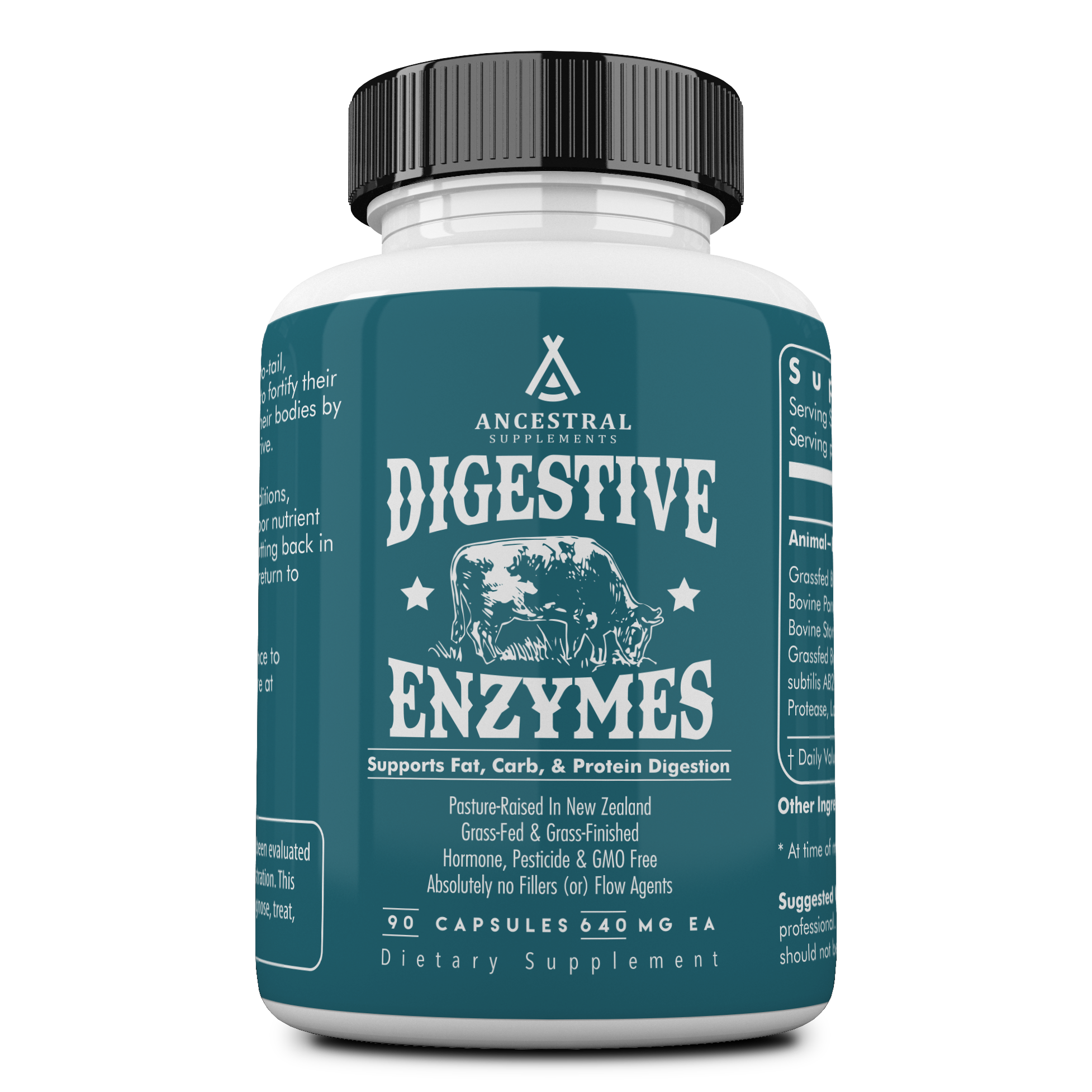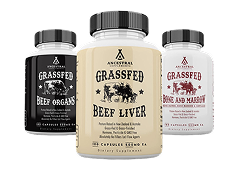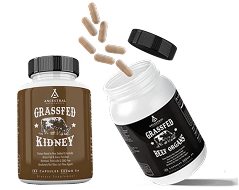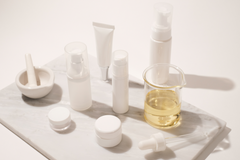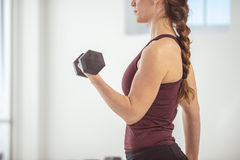5 Benefits of Cold Plunges and Cold Exposure

Throughout human history, cold was a constant companion. Our ancestors didn’t have the luxury of heated homes, insulated clothing, or cozy environments. They were exposed to the elements — often harsh, bitter cold — on a regular basis. Whether it was hunting in icy landscapes, foraging in chilly winds, or surviving long winter nights without modern comforts, humans evolved in environments where cold exposure was not only common but essential for survival.
This regular contact with cold weather shaped our biology. Our bodies became highly adaptable to fluctuating temperatures, learning how to maintain internal balance despite the external chill. In fact, cold exposure was a natural part of our ancestral experience, helping to build resilience and promote physical toughness. Today, with the rise of modern heating and comfort, we’ve largely lost this important connection to the cold. Yet, exposing ourselves to colder environments is still highly consistent with our biology — and the benefits it provides remain significant.
By intentionally reintroducing cold exposure into our lives, we can reconnect with this forgotten aspect of our evolutionary past, tapping into the same systems that helped our ancestors survive and thrive in unforgiving climates.
5 Benefits of Cold Plunges and Cold Exposure
-
Brown Fat Activation
One of the most well-known adaptations to cold exposure is the activation of brown fat, a specialized type of fat that burns energy to produce heat. Unlike regular white fat, which stores energy, brown fat contains a rich supply of mitochondria and blood vessels designed to generate heat through a process known as thermogenesis. This is what helps keep us warm in cold environments.
In addition to brown fat, our bodies also possess beige fat — white fat that can transform into a brown-like state in response to cold. When exposed to cooler temperatures, white fat begins to take on the characteristics of brown fat, becoming more metabolically active. This transformation doesn’t just help regulate body temperature; it also boosts the secretion of adiponectin, a molecule that protects against insulin resistance and metabolic diseases.
Brown fat has important metabolic functions that may protect against many modern diseases. Research shows that higher brown fat activity is linked to a healthier body composition, as those with active brown fat tend to have lower levels of body fat, particularly visceral fat, which is associated with health risks. In fact, individuals with active brown fat are more resistant to the fat gain typically seen with aging.
A study involving over 50,000 adults suggests that those with active brown fat are 14–56% less likely to suffer from conditions like type 2 diabetes, coronary artery disease, and hypertension. They also tend to have better blood lipid profiles, including lower triglycerides and higher HDL cholesterol levels.
-
Recover Like a Pro Athlete
Ice baths are widely known for their ability to aid physical recovery, particularly after intense exercise or injury. The benefits of cold exposure for recovery come from a combination of well-understood mechanisms that help reduce muscle soreness and accelerate the return to peak performance.
One of the key effects of ice baths is the rapid reduction in core body temperature, which helps alleviate central nervous system fatigue and supports neuromuscular recovery. Cold exposure also increases parasympathetic nervous system activity, promoting relaxation and facilitating the body’s recovery processes. Additionally, cold exposure boosts central blood volume while reducing blood flow to the skin, lessening cardiovascular strain and ensuring that oxygen and essential nutrients reach muscle tissue more efficiently.
Cold exposure also improves circulation, speeding up the removal of metabolic waste from muscles, while the cooling effect helps reduce inflammation, minimizing further muscle damage and soreness. This combination of effects helps athletes recover faster and return to high performance levels sooner.
Research consistently supports the benefits of cold water immersion for recovery, regardless of the type of exercise or protocol used. A meta-analysis of 44 randomized controlled trials found that post-exercise cold water immersion effectively reduces muscle soreness, whether the water is extremely cold or moderately cold, whether the immersion lasts a short or long time, and regardless of whether it’s used continuously or intermittently.
Other meta-analyses have shown that both cold water immersion and air cryotherapy (cold air exposure) help reduce muscle soreness and fatigue, improve muscular power and strength recovery, and decrease markers of muscle damage.
The Strength Training Exception: When to Skip the Ice Bath
While cold exposure offers numerous recovery benefits, it may not be ideal for everyone — particularly those focused on strength training. Unlike endurance athletes, those engaging in resistance training might see negative effects from regular cold water immersion. A meta-analysis of eight studies revealed that using cold water immersion (around 50°F or 10°C) after resistance training significantly hindered gains in muscle strength and power.
Additionally, cold exposure can limit increases in lean body mass. For example, a study involving physically active men who strength trained three days per week for seven weeks found that post-workout cold water immersion (for 15 minutes per session) completely blunted gains in type II muscle fibers — the powerful fibers needed for lifting heavy weights. Anabolic signaling pathways, essential for muscle growth, were also reduced.
This makes sense when considering that adaptations to resistance training depend on muscle damage, inflammation, and anabolic signaling, all of which are dampened by cold exposure. So, if maximizing muscle size and strength is your goal, it’s best to avoid ice baths immediately after a workout.
Instead, spacing cold exposure away from your post-exercise recovery window can help preserve the body’s natural response to training. Since that recovery window can last for several days, it’s unclear exactly how cold exposure at different times affects muscle adaptation. However, using cold exposure in the hours leading up to a workout — or reserving it for rest days — may allow your muscles to recover and grow more effectively.
-
Heart Health
Cold exposure triggers a powerful response in the heart and blood vessels. One of the body’s immediate reactions is the constriction of blood vessels, particularly near the skin, in an effort to conserve heat and maintain core body temperature. Over time, repeated cold exposure serves as a challenge that prompts the body to adapt in remarkable ways.
One key adaptation is the body's enhanced ability to regulate the constriction and dilation of blood vessels. This is crucial for maintaining healthy blood pressure and ensuring that vital organs receive adequate blood flow. These changes are largely due to improvements in endothelial function — the inner lining of blood vessels that plays an essential role in vascular health.
Interestingly, while the initial plunge into cold water may trigger a spike in heart rate and blood pressure due to the stress response, regular cold exposure leads to greater parasympathetic dominance over time. This means that the body becomes better at resting and recovering, even if cold exposure initially causes a brief stress response. For instance, one study showed that three weeks of repeated cold water immersion can reduce resting heart rate by up to seven beats per minute and lower blood pressure by 8 to 17 mmHg in healthy individuals. Additionally, improvements in heart rate variability (HRV) — a marker of parasympathetic tone — have been observed in swimmers, endurance athletes, and everyday individuals alike.
Cold exposure also supports long-term cardiovascular health. In one study, participants who practiced cold water immersion three times a week for five months showed significant reductions in arterial stiffness, atherosclerosis markers, and inflammation. Animal studies back this up, with research showing that chronic cold exposure can even provide protection against heart attacks.
However, it’s worth noting that a large-scale analysis from 27 countries and a meta-analysis of 159 studies have found that general cold exposure is associated with a higher risk of cardiovascular disease and death. But these findings are mostly drawn from vulnerable populations who tend to avoid the cold and are ill-equipped to handle its stresses. This only reinforces the importance of regularly building resilience through controlled cold exposure, allowing the body to adapt and thrive.
-
Metabolic Health
Cold exposure has significant effects on skeletal muscle, which is responsible for generating heat through both shivering and nonshivering thermogenesis. One of the surprising side benefits of this thermogenic response is an improvement in insulin sensitivity, a key player in maintaining metabolic health.
While improvements in glucose control are often attributed to the activation and growth of brown fat, which burns glucose for heat, research suggests that much of the metabolic benefit actually stems from changes within skeletal muscle and regular white fat. Cold exposure triggers a stress response in the body, leading to an increase in uncoupling proteins within muscle tissue. These proteins enhance the use of fatty acids by mitochondria, which helps improve insulin sensitivity by reducing the interference fatty acids can cause with glucose uptake.
In fact, cold exposure has been shown to have a profound impact on insulin sensitivity, even over a short period of time. In a study involving adults with type 2 diabetes, just 10 days of cold acclimation led to a 43% increase in peripheral insulin sensitivity. This effect was primarily driven by increased expression of glucose transporters and improved glucose uptake by skeletal muscle.
Beyond these direct effects on muscle, cold exposure also stimulates the release of beneficial hormones from both muscle and fat tissue. For instance, a study of young and middle-aged men found that 10 sessions of whole-body cryotherapy boosted levels of irisin by 30% and adiponectin by 47% — both of which play important roles in regulating metabolism. Another study revealed that cold exposure could double irisin levels, with the increase being closely linked to the degree of shivering experienced.
-
Mental Clarity and Mood Enhancement
When exposed to cold, the body initiates a cascade of responses that go beyond just keeping you warm. These physiological changes extend to the brain, influencing cognitive processes and promoting neurological health. One of the most noticeable effects is a significant surge in catecholamines — specifically norepinephrine and dopamine — key neurotransmitters involved in focus, alertness, and mood regulation. In one study, an hour of cold water immersion at 14°C (57°F) led to a remarkable 530% increase in norepinephrine and a 250% rise in dopamine. Even brief cold exposure, like three minutes of 4°C (39°F) air to the face, can double dopamine levels.
These elevated neurotransmitter levels don’t just boost mental clarity and concentration; they also have neuroprotective effects that could help safeguard neurons against damage. Cold exposure has been shown to improve mood, with just 20 minutes of cold water immersion at 14°C (57°F) enhancing all aspects of mood, including reducing tension, anger, and depression while boosting energy and self-esteem. Similarly, even a quick five-minute dip in cold water at 20°C (68°F) left participants feeling more energized, inspired, and less anxious, with MRI scans showing better connectivity between brain regions involved in mood regulation.
Cold exposure's potential to enhance cognitive function and mental health is further supported by its proposed use as a treatment for depression. Taking cold showers for several minutes a day has been suggested as a simple yet effective intervention to help alleviate depressive symptoms.
However, it's important to note that during cold exposure itself, cognitive function, particularly for complex tasks, may temporarily worsen due to the stress the body is under. These impairments are short-lived, and cognitive performance returns to normal once the body reheats. So while cold water immersion may not be the best time for mentally demanding activities, the long-term effects can be quite beneficial.
With regular cold exposure, the brain adapts, building resilience and improving neuronal plasticity. This is partly due to the activation of "cold shock" proteins like RBM3, which help protect brain cells and preserve synaptic connections that are often lost in neurodegenerative diseases. The neuroprotective role of RBM3 even explains why cooling stroke patients can aid recovery, as the initial damage to brain cells is mitigated.
Getting Started With Cold Exposure
Ready to tap into this ancient superpower? Here's how to begin safely:
Start Small
-
Begin with 30-second cold showers, gradually increasing duration
-
Aim for water temperature around 50-60°F (10-15°C)
-
Focus on steady breathing throughout the exposure
Build Consistency
-
Start with 2–3 sessions per week
-
Gradually work up to daily exposure
-
Listen to your body and progress at your own pace
Optimize Timing
-
Use cold exposure before workouts or on rest days if you're strength training
-
Morning sessions can boost alertness for the entire day
-
Evening sessions may help with recovery and sleep quality
Note: Avoid extended fasting before cold exposure, as it can reduce brown fat activation by up to 56%.
The Bottom Line
Cold exposure isn't just a trendy wellness hack — it's a return to our biological roots. By reintroducing controlled cold stress into our comfortable modern lives, we can unlock remarkable benefits for our cardiovascular health, metabolism, recovery, and mental well-being.
Your ancestors didn't have a choice about facing the cold. You do. And that choice could be one of the most powerful health decisions you make this year.
Ready to take the plunge? Your body will thank you for it.
Always consult with a healthcare provider before beginning any new health regimen, especially if you have underlying health conditions. Start slowly and listen to your body as you explore the benefits of cold exposure.

